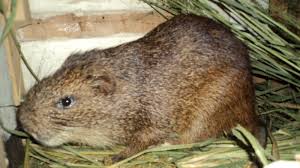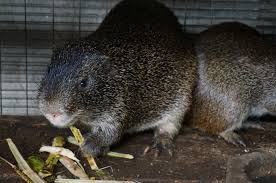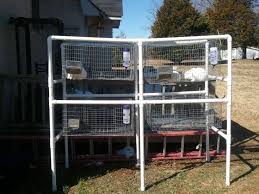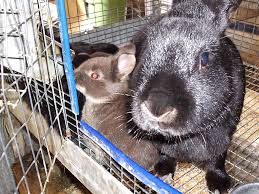EWEDU FARMING IN NIGERIA

Ewedu farming can actually put real money in your hands. There are so many opportunities surrounding us more than we ever think exists. White collar jobs seems to be the norm in our society today to the extent that even house wives that know what it cost both to purchase and prepare their family meals, overlook this money making opportunity in Ewedu vegetable farming and go on pursuing jobs elsewhere. As part of making things easier for ourselves or even out-rightly starting a somewhat lucrative business that would in time become bigger than most of the tantalizing white collar jobs, it is important we try this. One acre of Ewedu (Jute leaf) can give you N500,000 in pure profit. I used to ignore the business due to how most people handle it; by projecting it as if it’s something meant for the hopeless and poor ones to do. However, the brief discussions I had with an Ewedu dealer changed it completely. If you are not a Yoruba person and you are observing the vegetable from




